Citibank 2010 Annual Report Download - page 85
Download and view the complete annual report
Please find page 85 of the 2010 Citibank annual report below. You can navigate through the pages in the report by either clicking on the pages listed below, or by using the keyword search tool below to find specific information within the annual report.-
 1
1 -
 2
2 -
 3
3 -
 4
4 -
 5
5 -
 6
6 -
 7
7 -
 8
8 -
 9
9 -
 10
10 -
 11
11 -
 12
12 -
 13
13 -
 14
14 -
 15
15 -
 16
16 -
 17
17 -
 18
18 -
 19
19 -
 20
20 -
 21
21 -
 22
22 -
 23
23 -
 24
24 -
 25
25 -
 26
26 -
 27
27 -
 28
28 -
 29
29 -
 30
30 -
 31
31 -
 32
32 -
 33
33 -
 34
34 -
 35
35 -
 36
36 -
 37
37 -
 38
38 -
 39
39 -
 40
40 -
 41
41 -
 42
42 -
 43
43 -
 44
44 -
 45
45 -
 46
46 -
 47
47 -
 48
48 -
 49
49 -
 50
50 -
 51
51 -
 52
52 -
 53
53 -
 54
54 -
 55
55 -
 56
56 -
 57
57 -
 58
58 -
 59
59 -
 60
60 -
 61
61 -
 62
62 -
 63
63 -
 64
64 -
 65
65 -
 66
66 -
 67
67 -
 68
68 -
 69
69 -
 70
70 -
 71
71 -
 72
72 -
 73
73 -
 74
74 -
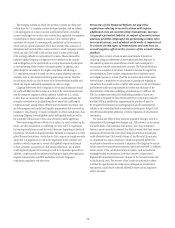 75
75 -
 76
76 -
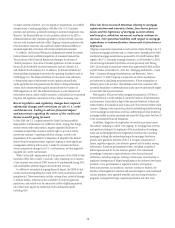 77
77 -
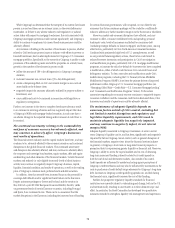 78
78 -
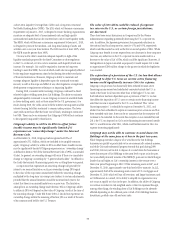 79
79 -
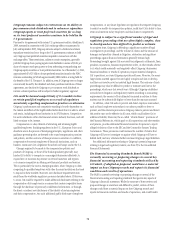 80
80 -
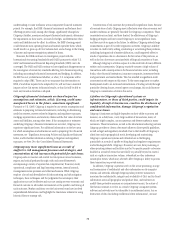 81
81 -
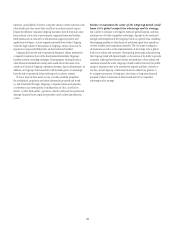 82
82 -
 83
83 -
 84
84 -
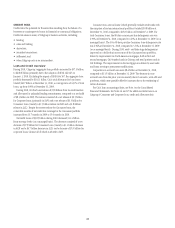 85
85 -
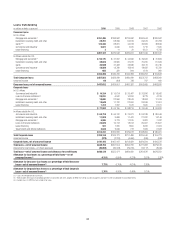 86
86 -
 87
87 -
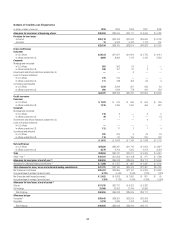 88
88 -
 89
89 -
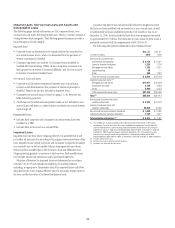 90
90 -
 91
91 -
 92
92 -
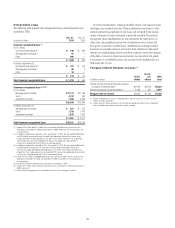 93
93 -
 94
94 -
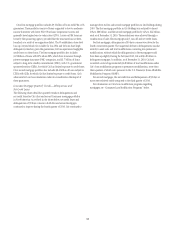 95
95 -
 96
96 -
 97
97 -
 98
98 -
 99
99 -
 100
100 -
 101
101 -
 102
102 -
 103
103 -
 104
104 -
 105
105 -
 106
106 -
 107
107 -
 108
108 -
 109
109 -
 110
110 -
 111
111 -
 112
112 -
 113
113 -
 114
114 -
 115
115 -
 116
116 -
 117
117 -
 118
118 -
 119
119 -
 120
120 -
 121
121 -
 122
122 -
 123
123 -
 124
124 -
 125
125 -
 126
126 -
 127
127 -
 128
128 -
 129
129 -
 130
130 -
 131
131 -
 132
132 -
 133
133 -
 134
134 -
 135
135 -
 136
136 -
 137
137 -
 138
138 -
 139
139 -
 140
140 -
 141
141 -
 142
142 -
 143
143 -
 144
144 -
 145
145 -
 146
146 -
 147
147 -
 148
148 -
 149
149 -
 150
150 -
 151
151 -
 152
152 -
 153
153 -
 154
154 -
 155
155 -
 156
156 -
 157
157 -
 158
158 -
 159
159 -
 160
160 -
 161
161 -
 162
162 -
 163
163 -
 164
164 -
 165
165 -
 166
166 -
 167
167 -
 168
168 -
 169
169 -
 170
170 -
 171
171 -
 172
172 -
 173
173 -
 174
174 -
 175
175 -
 176
176 -
 177
177 -
 178
178 -
 179
179 -
 180
180 -
 181
181 -
 182
182 -
 183
183 -
 184
184 -
 185
185 -
 186
186 -
 187
187 -
 188
188 -
 189
189 -
 190
190 -
 191
191 -
 192
192 -
 193
193 -
 194
194 -
 195
195 -
 196
196 -
 197
197 -
 198
198 -
 199
199 -
 200
200 -
 201
201 -
 202
202 -
 203
203 -
 204
204 -
 205
205 -
 206
206 -
 207
207 -
 208
208 -
 209
209 -
 210
210 -
 211
211 -
 212
212 -
 213
213 -
 214
214 -
 215
215 -
 216
216 -
 217
217 -
 218
218 -
 219
219 -
 220
220 -
 221
221 -
 222
222 -
 223
223 -
 224
224 -
 225
225 -
 226
226 -
 227
227 -
 228
228 -
 229
229 -
 230
230 -
 231
231 -
 232
232 -
 233
233 -
 234
234 -
 235
235 -
 236
236 -
 237
237 -
 238
238 -
 239
239 -
 240
240 -
 241
241 -
 242
242 -
 243
243 -
 244
244 -
 245
245 -
 246
246 -
 247
247 -
 248
248 -
 249
249 -
 250
250 -
 251
251 -
 252
252 -
 253
253 -
 254
254 -
 255
255 -
 256
256 -
 257
257 -
 258
258 -
 259
259 -
 260
260 -
 261
261 -
 262
262 -
 263
263 -
 264
264 -
 265
265 -
 266
266 -
 267
267 -
 268
268 -
 269
269 -
 270
270 -
 271
271 -
 272
272 -
 273
273 -
 274
274 -
 275
275 -
 276
276 -
 277
277 -
 278
278 -
 279
279 -
 280
280 -
 281
281 -
 282
282 -
 283
283 -
 284
284 -
 285
285 -
 286
286 -
 287
287 -
 288
288 -
 289
289 -
 290
290 -
 291
291 -
 292
292 -
 293
293 -
 294
294 -
 295
295 -
 296
296 -
 297
297 -
 298
298 -
 299
299 -
 300
300 -
 301
301 -
 302
302 -
 303
303 -
 304
304 -
 305
305 -
 306
306 -
 307
307 -
 308
308 -
 309
309 -
 310
310 -
 311
311 -
 312
312
 |
 |
83
CREDIT RISK
Credit risk is the potential for financial loss resulting from the failure of a
borrower or counterparty to honor its financial or contractual obligations.
Credit risk arises in many of Citigroup’s business activities, including:
lending; •
sales and trading; •
derivatives; •
securities transactions; •
settlement; and •
when Citigroup acts as an intermediary.•
Loan and Credit Overview
During 2010, Citigroup’s aggregate loan portfolio increased by $57.3 billion
to $648.8 billion primarily due to the adoption of SFAS 166/167 on
January 1, 2010. Excluding the impact of SFAS 166/167, the aggregate loan
portfolio decreased by $102.1 billon. Citi’s total allowance for loan losses
totaled $40.7 billion at December 31, 2010, a coverage ratio of 6.31% of total
loans, up from 6.09% at December 31, 2009.
During 2010, Citi had a net release of $5.8 billion from its credit reserves
and allowance for unfunded lending commitments, compared to a net build
of $8.3 billion in 2009. The release consisted of a net release of $2.5 billion
for Corporate loans (primarily in SAP) and a net release of $3.3 billion for
Consumer loans (mainly a $1.5 billion release in RCB and a $1.8 billion
release in LCL). Despite the reserve release for Consumer loans, the
coincident months of net credit loss coverage for the Consumer portfolio
increased from 13.7 months in 2009 to 15.0 months in 2010.
Net credit losses of $30.9 billion during 2010 decreased $11.4 billion
from year-ago levels (on a managed basis). The decrease consisted of a net
decrease of $7.9 billion for Consumer loans (mainly a $1.1 billion decrease
in RCB and a $6.7 billion decrease in LCL) and a decrease of $3.5 billion for
corporate loans (almost all of which is related to SAP).
Consumer non-accrual loans (which generally exclude credit cards with
the exception of certain international portfolios) totaled $10.8 billion at
December 31, 2010, compared to $18.3 billion at December 31, 2009. For
total Consumer loans, the 90 days or more past due delinquency rate was
2.99% at December 31, 2010, compared to 4.29% at December 31, 2009 (on a
managed basis). The 30 to 89 days past due Consumer loan delinquency rate
was 2.92% at December 31, 2010, compared to 3.50% at December 31, 2009
(on a managed basis). During 2010, early- and later-stage delinquencies
improved on a dollar basis across most of the Consumer loan portfolios,
driven by improvement in North America mortgages, both in first and
second mortgages, Citi-branded cards in Citicorp and retail partner cards in
Citi Holdings. The improvement in first mortgages was driven by asset sales
and loans moving to permanent modifications.
Corporate non-accrual loans were $8.6 billion at December 31, 2010,
compared to $13.5 billion at December 31, 2009. The decrease in non-
accrual loans from the prior year was mainly due to loan sales, write-offs and
paydowns, which were partially offset by increases due to the weakening of
certain borrowers.
For Citi’s loan accounting policies, see Note 1 to the Consolidated
Financial Statements. See Notes 16 and 17 for additional information on
Citigroup’s Consumer and Corporate loan, credit and allowance data.
